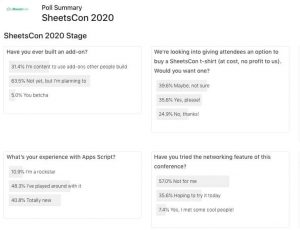by Laurie Sullivan, Staff Writer @lauriesullivan, July 28, 2016
Marketers strive to understand the interests, needs and expectations of people that use Facebook and Instagram to plan their media spend, but measuring the effectiveness of cross-platform and cross-channel campaigns has been a bit of a challenge.
When it comes to cross-platform measurement, 35% of advertisers say they do not have adequate measurement techniques, while 34% say they evaluate each channel individually and optimize them based on channel-specific performance, according to a recent eMarketer survey.
Facebook IQ worked with its Marketing Science team to help marketers understand how to get the most from their advertising dollars. The group published a white paper based on findings from the study that measured the effectiveness of optimizing audience buying and the “cost per outcome.”
The cost per outcome—from mobile app installs to brand awareness or online conversions—tend to vary between and within platforms because of audience behavior and characteristics. While advertisers and agencies can manually allocate budgets across platforms to account for these changes, optimizing the placement lets Facebook’s ad delivery system dynamically find the lowest cost per outcome at any given point during the campaign.
As a result, running ads across multiple placements should provide lower cost per outcome than advertisements running on just one. Right? Well, theoretically. So, Facebook set out to determining whether this approach actually works.
The analysis looked at 10 brand advertisers from consumer product goods, retail, automotive, entertainment, politics, and charity from a variety of countries such as Brazil, Canada, United Kingdom, and United States between December 2015 and May 2016.
Each test used the same ad creative. The group split the budget and the audience size equally between a placement optimization test group in which an ad impression could be either on Facebook or on Instagram. The other was a Facebook-only test group where all impressions were delivered exclusively on Facebook.
The test explored three hypothesis. The first, campaign delivery to determine if buying audiences across Facebook and Instagram more efficient at campaign delivery than Facebook-only. Secondly, the group looked at brand lift to determine if buying audiences across Facebook and Instagram generate higher lift than Facebook-only. Finally, the group looked at cost efficacy to determine if the buying audiences across Facebook and Instagram more cost-effective in driving lift.
The test supported two of the three hypotheses. On average, the placement optimization campaigns had 4.1% more reach and a 5.2% lower cost per impression (CPM), which in turn led to a lower cost per reach (CPR) of 5.8%.
Brand lift demonstrated no statistically significant difference in lift between the placement optimization and the Facebook-only test cells based on this analysis, but it did produce the same level of lift even though its budget was spread across a wider audience.
In a nutshell, per the analysts, marketers should run campaign across Facebook and Instagram to get the best outcome because the company’s ad platforms are now optimized to take both into consideration when serving ads and determining the best price per outcome.
MediaPost.com: Search Marketing Daily
(13)





